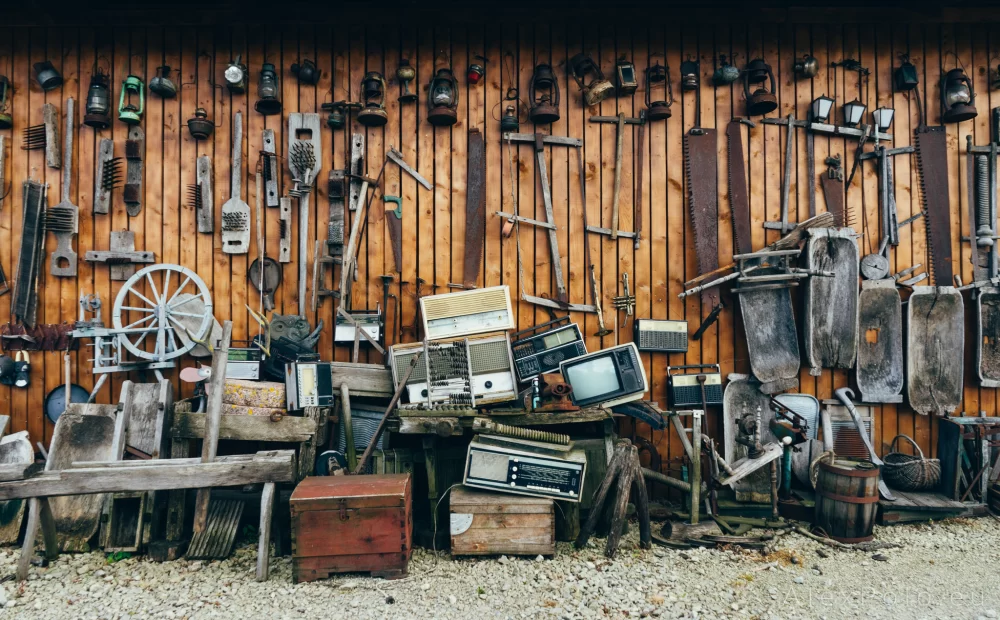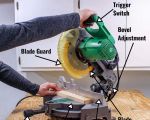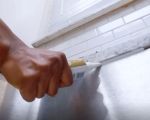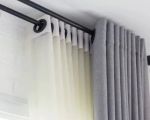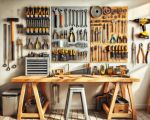How to Choose a Reliable Hammer Drill for Your Projects
Understanding Hammer Drills and Their Importance
When I first started my journey into DIY home projects, I quickly realized how essential a good hammer drill is for tasks like drilling into brick or concrete. A hammer drill, unlike a regular drill, offers the ability to deliver rapid, forceful blows in addition to regular drilling action. This makes it a vital tool for tougher materials. Over the years, I’ve come to understand the nuances of selecting the right hammer drill, and I’d love to share what I’ve learned.Factors to Consider When Choosing a Hammer Drill
There are a lot of options out there when it comes to hammer drills, but not all are created equal. Here are the key factors I always take into consideration before making a purchase:1. Power and Performance
The power of a hammer drill is often measured in watts or amperage (for corded models) or voltage (for cordless models). Higher power means more efficiency, and the ability to tackle tougher materials. However, it’s not always about the highest number; consider the material you'll be working with most often. For instance, if you're drilling into concrete regularly, a high-powered model with at least 8-10 amps is recommended.2. Speed Settings
Speed control is essential for precision. A hammer drill with variable speed settings allows you to adjust the RPM (revolutions per minute) according to the material and type of job you’re working on. For softer materials, a slower speed might be preferable, while faster speeds will help with harder materials.3. Chuck Size and Compatibility
The chuck is the part of the hammer drill that holds the drill bit in place. When looking for a hammer drill, consider the chuck size—larger chuck sizes, such as 1/2-inch, are perfect for heavier-duty work, while smaller chucks, like 3/8-inch, are suitable for lighter projects. Additionally, ensure the chuck type matches the drill bits you intend to use.4. Weight and Ergonomics
The weight of a hammer drill can make a huge difference in comfort, especially if you're going to be using it for extended periods. A heavier drill can be harder to maneuver, while a lighter one can reduce fatigue, particularly when working overhead or in tight spaces. Ergonomics also matter: look for models with comfortable handles and grips that reduce strain.5. Durability and Brand Reputation
Over time, I’ve learned that quality matters when it comes to power tools. Investing in a hammer drill from a well-known, reputable brand ensures long-lasting durability. While it's tempting to go for the most affordable option, a cheaper drill may not last as long and could cost you more in the long run with repairs or replacements.Best Hammer Drills for DIY Projects
Through trial and error, I’ve used and tested various hammer drills. Here are a few of my personal favorites:1. Bosch 11255VSR Bulldog Xtreme
This hammer drill is a beast when it comes to performance. It boasts 7.5 amps of power and is perfect for drilling into concrete, brick, and other tough surfaces. What I love most about this model is its vibration control feature, which reduces hand strain.2. DeWalt DCD996B 20V Max XR
DeWalt has built a solid reputation, and this cordless hammer drill lives up to it. The DCD996B offers impressive torque and is a versatile option for both drilling and driving. I’ve found it especially useful for smaller projects around the house, as it’s lightweight but powerful.3. Makita HR2475 1-inch SDS-Plus
Makita’s HR2475 is ideal for heavy-duty applications. It’s equipped with a 7-amp motor and offers three modes: rotation-only, hammering-only, and hammering with rotation. Whether you’re drilling into masonry or wood, this drill has been reliable in every project I’ve tackled.How to Maintain Your Hammer Drill for Longevity
Proper maintenance is essential to ensure your hammer drill performs at its best for years to come. Here’s what I’ve learned about keeping my hammer drill in top condition:1. Clean Regularly
After every use, I make sure to clean the drill, especially the chuck and ventilation areas. Dust and debris can affect the drill’s performance and longevity.2. Lubricate Moving Parts
Regularly lubricating the moving parts, such as the chuck, will keep everything running smoothly. This simple step can prevent unnecessary wear and tear.3. Inspect for Wear
Before each use, I always inspect the drill for signs of damage or excessive wear. Replacing worn-out parts like brushes and the chuck can help extend the life of your tool.Choosing the Right Drill for Your Projects
Selecting the right hammer drill ultimately depends on your specific needs and preferences. Do you need a drill that can handle heavy-duty tasks, or are you mostly working with light materials? For me, I always consider the scale and type of the project ahead. Whether you’re a weekend warrior like me or a professional contractor, there’s a hammer drill out there that can make your job easier.If you're interested in investing in a quality hammer drill for your next DIY project, be sure to check out the wide selection at [ToolNest].

